Landing pages are usually optimized for conversions, but that does not mean they shouldn’t be optimized for SEO. An SEO landing page can rank high in Google, meaning more traffic and conversions.
What Is an SEO Landing Page?
SEO landing pages are primarily optimized for conversions but are also designed to perform well in search results. They are structured in such a way as to rank high for specific terms and lead users to execute a specific action (submit a form, buy a product or service, etc.).
As we will see below, optimizing a landing page for search engines is not that difficult, especially if you have an SEO mindset.
Doing SEO work on your landing pages will generate the following benefits:
- Increase your chances of ranking higher for the search terms you want.
- It’s good for branding.
- It enhances the user experience since SEO principles can make a page user-friendly.
SEO For Landing Pages Best Practices
Follow these tips to build SEO-friendly landing pages:
- Find Your Target Keywords
- Design For Search Intent
- Refine Your Landing Page URLs
- Optimize On-Page SEO
- Get High-Quality Backlinks
- Improve Speed And Mobile Experience
- Publish Landing Pages On Your Own Domain
- Promote Your Landing Pages With Internal Links
Towards the end of the article, you can also view the Landing Page SEO checklist.
1. Find Your Target Keywords
To optimize any page for SEO, you first need to know which keywords you want the particular page to rank.
When it comes to landing page SEO, this task becomes a bit trickier because not all keywords are suitable for landing pages. Keywords that generate leads and conversions should have a transactional or commercial intent.
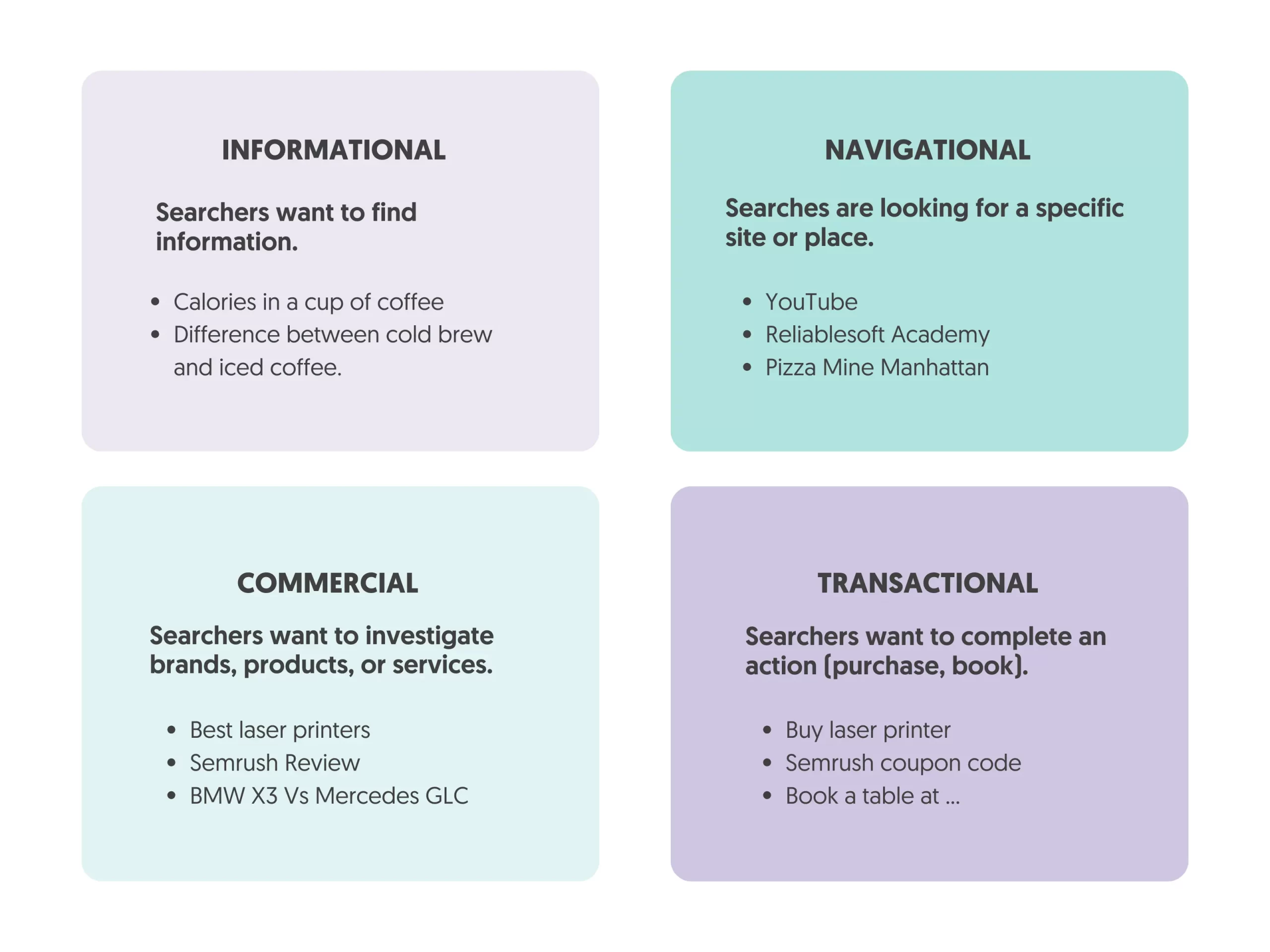
These are usually long-tail keywords. Here is an example to understand this better:
Suppose your business sells green coffee beans. Instead of targeting broad terms like 'coffee' or 'coffee beans', focus on more specific phrases such as 'buy organic green coffee beans online' or 'best green coffee beans for espresso'.
These long-tail keywords are less competitive and more likely to attract visitors who are further along in the buying process and ready to purchase.
Once you decide on the keywords, you should use them in your landing page copy to make it relevant to users and help search engines understand what the page is about.
You should follow these simple rules:
- Use the target keyword in your titles and URL.
- Use long-tail keywords in your page headings.
- Use related keywords in the text.
Mentioning your keywords naturally a couple of times in the body of the page is enough. If you overdo it, it will be considered by search engines as keyword stuffing and will generate the opposite results.
Keyword Research for Landing Pages
Here is a quick step-by-step walkthrough on how to find keywords for your landing pages:
- Use your favorite keyword research tool and search for your target keyword.
- Use the search intent filters to select only commercial and transactional keywords.
- Choose keywords with a high search volume with low keyword difficulty.

Another way to do keyword research is to search for your target keywords on Google and analyze the top-ranking pages using a tool.
This will reveal keyword ideas and useful information like traffic potential, keyword difficulty, opportunities to rank in featured snippets, and more.

2. Design For Search Intent
Designing a page for search intent means giving users the type of content they want to see for the particular keyword.
For example, if you're creating a landing page for 'green coffee beans', your focus should be options to purchase the product. There is no need to explain what a coffee bean is. They already know this.
The best way to understand how to structure your landing page is to look at what type of content Google ranks for your target keywords. The goal is not to copy your competitors but to get ideas on what elements to include in your landing page to satisfy the user's needs.
Things to look for when doing your review:
- The page layout – do they have detailed product descriptions, customer reviews, or other elements?
- Visuals - do they use any custom visuals, images, or videos?
- Call to action - what kind of messaging do they use?
Make sure you review the pages on mobile because this is the version Google users for ranking purposes. For example, if you look at the two top-ranking pages for 'green coffee beans', you'll notice that both landing pages have a clean layout showcasing the different product options. There are no long intros or other elements that prevent users from getting what they want.
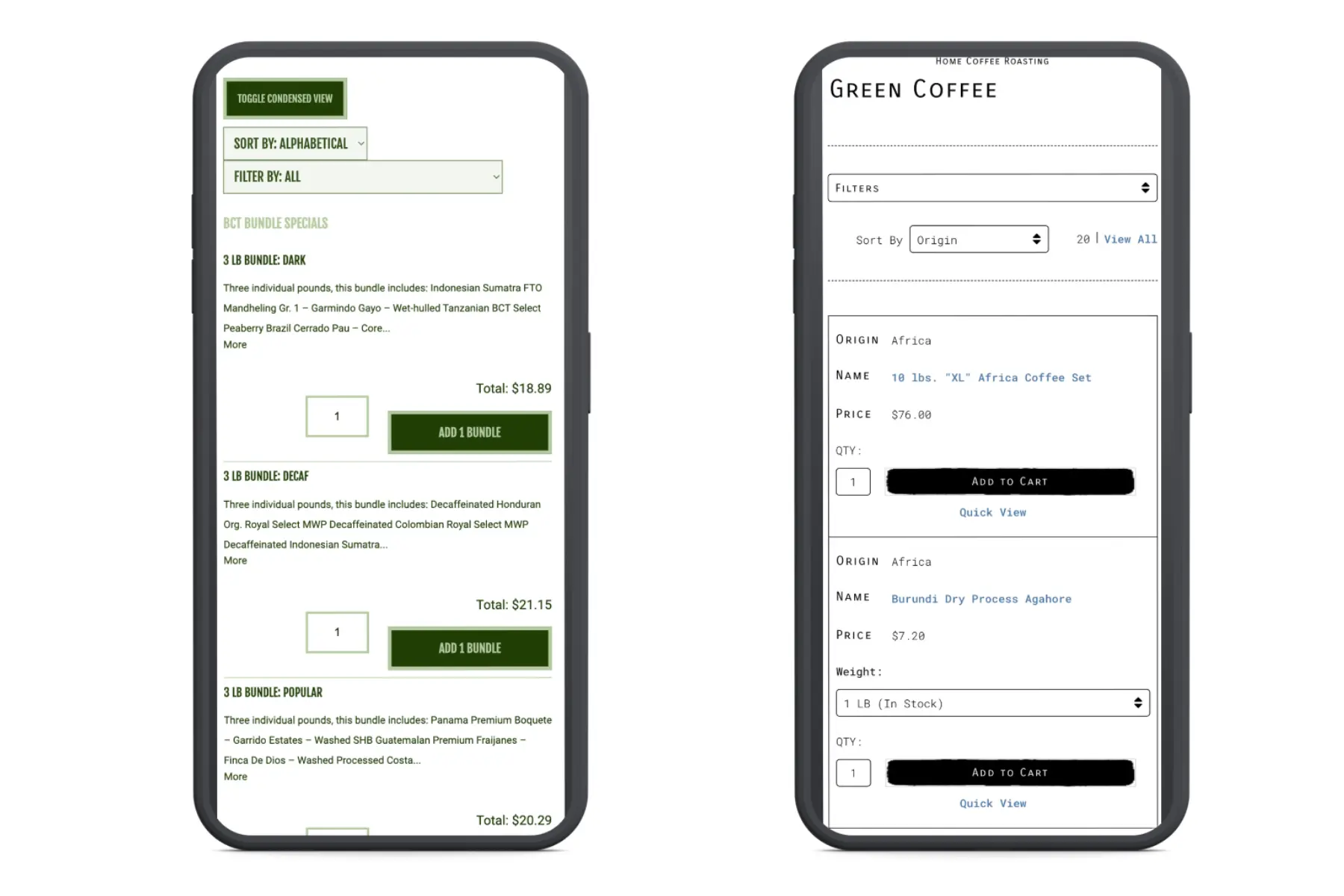
3. Refine Your Landing Page URLs
The next step in optimizing your landing pages for SEO is to refine your landing page URLs.
The URL of a landing page should adhere to all rules of SEO-friendly URLs.
In other words, it has to be:
- Short and to the point – Long URLS confuse both search engines and users.
- Include keywords – Include keywords you want to target.
- All characters are to be lowercase.
- No white spaces.
- Words to be separated with “-“.
Landing page URLs must be short and easy to remember so that when shared in social networks or forums, they make sense.
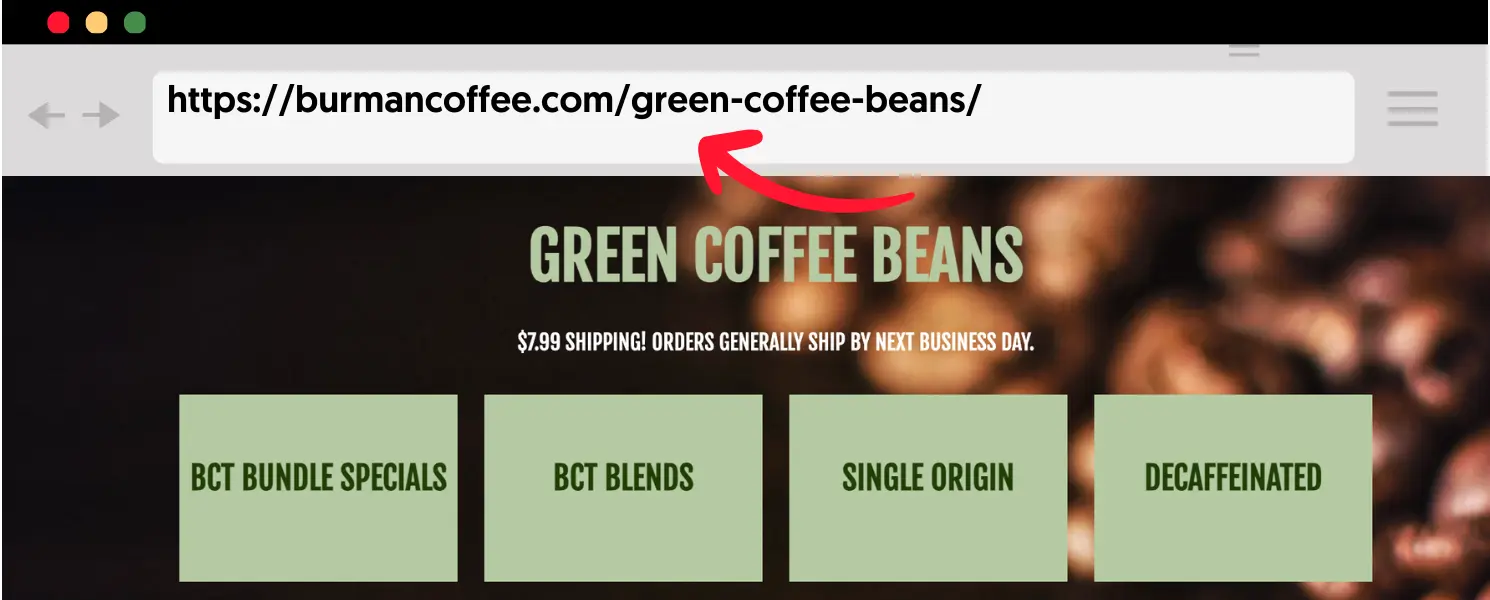
For example, when you see this URL in a forum or tweet: reliablesoft.net/seo-packages you know what the page is about by just reading the URL.
4. Optimize On-Page SEO
The next task to tackle is on-page SEO. With on-page SEO, your goal is to help search engines understand what the page is about. You can do this by sending them signals through the content found on the page.
Title Tag
Your landing page should have a unique title tag (<title></title).
In the title tag, you must include your main keywords (for example, 'Buy Green Coffee Beans Online.')
Keep your title length below 60 characters so it is shown in the SERPs without trimming.
Meta Descriptions
The page meta description is shown in the search results below your title. What is important when it comes to SEO is to include related keywords in your description and make it interesting to encourage users to click on your snippet and visit your website.
Here is a great example that uses the meta description to outline some benefits of purchasing from a particular store:
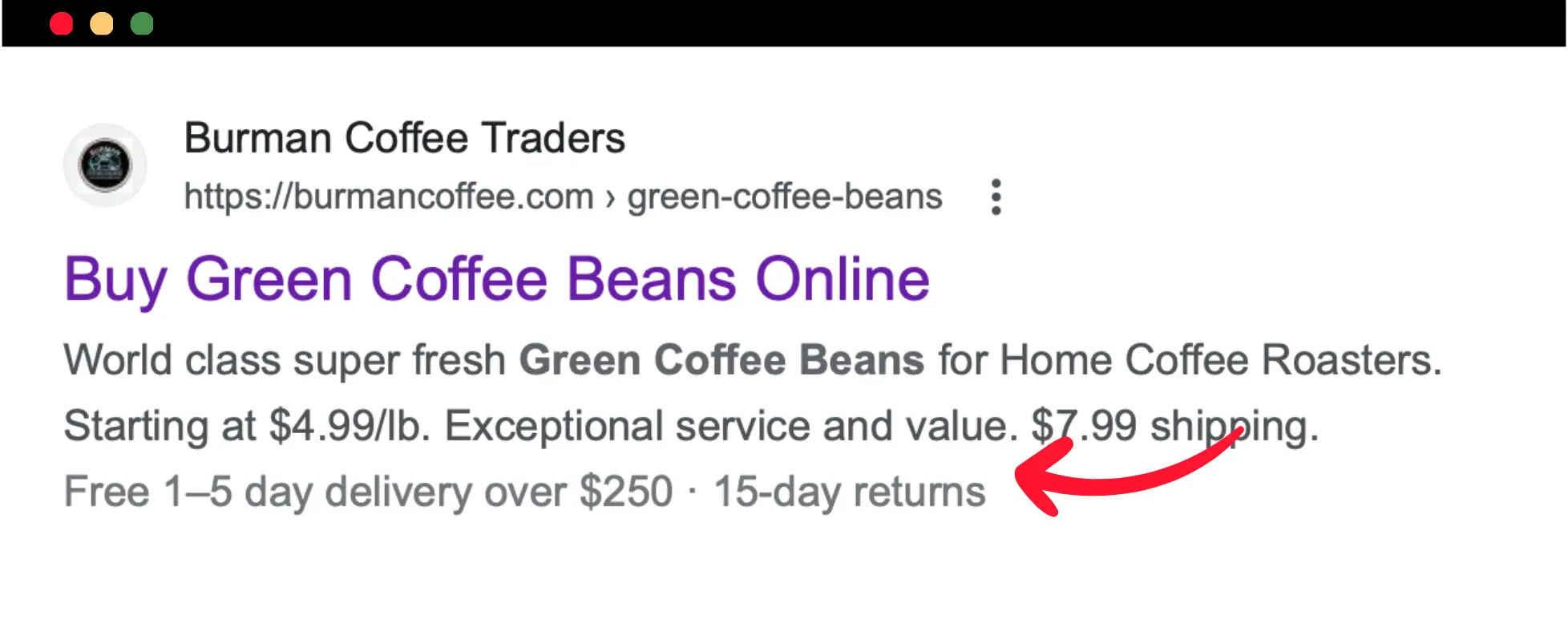
Google does not always show the meta description value you specify but sometimes creates a custom description based on the page's content.
Nevertheless, you should always provide a unique meta description tag for all your landing pages.
Landing Page Headings
Add keywords or close variations on your main heading (H1 tag) and subheadings. The first element of a landing page is the H1 tag.
The H1 tag can be the same as the page title tag or slightly different. Look at the example below:

A good landing page has different sections. These sections should have an H2 heading and sub-sections an H3 heading.
When designing any page, always try to use a hierarchical structure. On top of the structure, you have your H1 (only one per page), then you can have multiple H2s and H3s.
Text Content
Your landing page needs some text content and not only images or videos. This is very important for SEO as search engines can understand text content more easily than other elements.
Depending on the page's structure, you can use intelligent ways to add the text content you need without breaking your design.
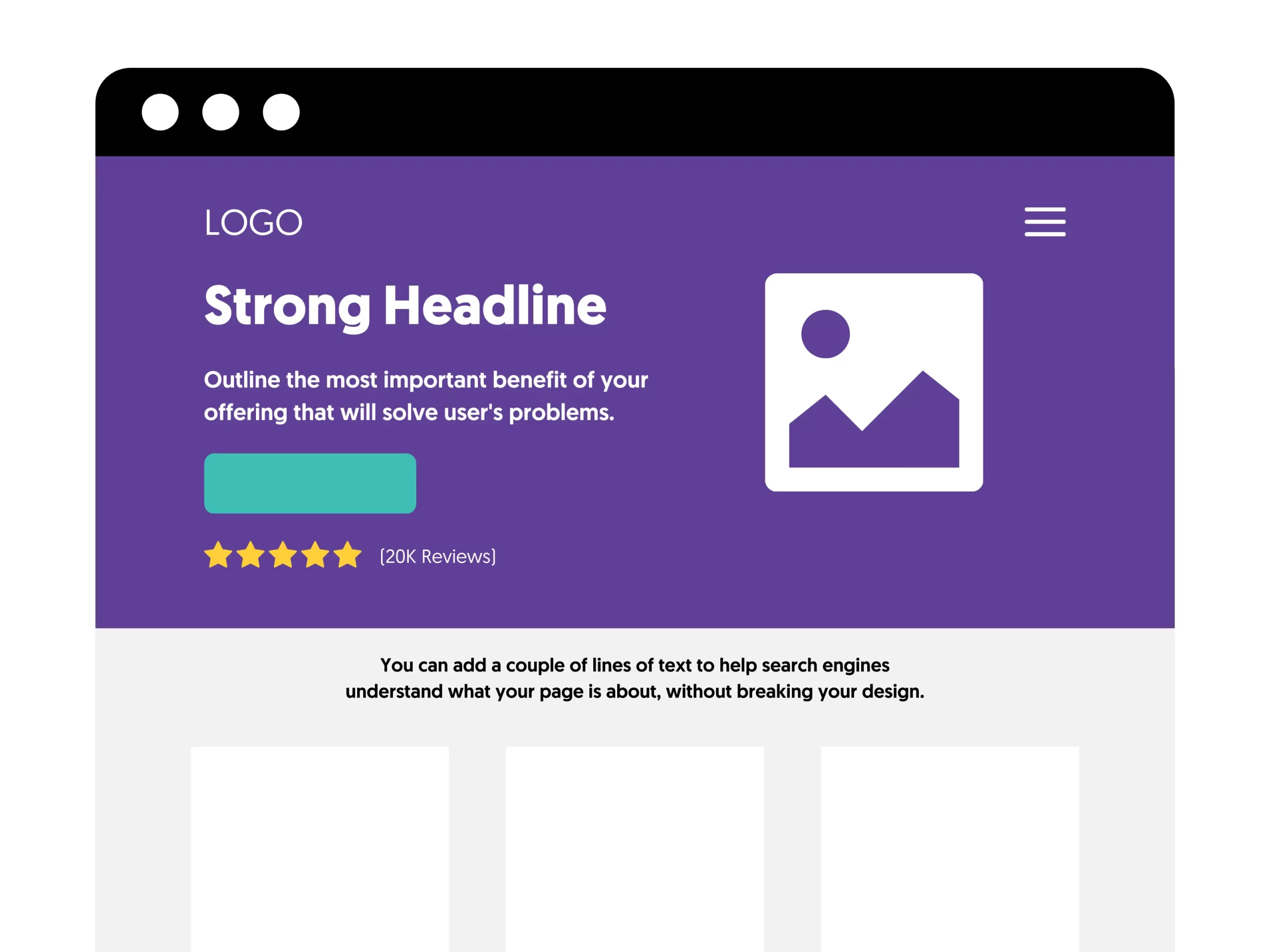
Follow these simple guidelines:
- Try adding a couple of lines of text content on the top of the page. This can be below your main title.
- Add more text content below your main offering. Usually, a landing page has the main offering shown above the fold so that users can see it as soon as they land on the page. Below that part, you can add a couple of lines of text.
Image SEO
All landing page images need to have 3 elements optimized:
- Filename – it’s not the biggest SEO signal, but it’s good to use filenames that make sense. For example, if an image shows a blue widget, the filename can be blue-widget.jpg and not anything else.
- ALT Text – This is the most important element for image SEO. For each image, you need to have a meaningful ALT Text. The ALT Text is shown in the browser when images are disabled and is used by search engines to understand what an image is all about. When writing your ALT text, try to incorporate keywords naturally.
- Image Captions – For each image, you can also provide a caption. This is the short description that appears below the image. The caption can be the same as the ALT text, with more details.
Video SEO
If you have videos on your landing page, make sure that:
- Videos are served from a third-party service like YouTube or Vimeo. Videos usually have several MBs, and streaming service is much better than loading the videos from your server.
- Add video schema for every video to give search engine bots more details about your video.
Structured Data
You can use several schema types on your landing page depending on the product or service you are selling. Schemas can improve your search snippet's presentation and help your page rank higher.
Through schemas, you can give search engines more information on what you are selling, how much it costs, stock availability, and other useful information.
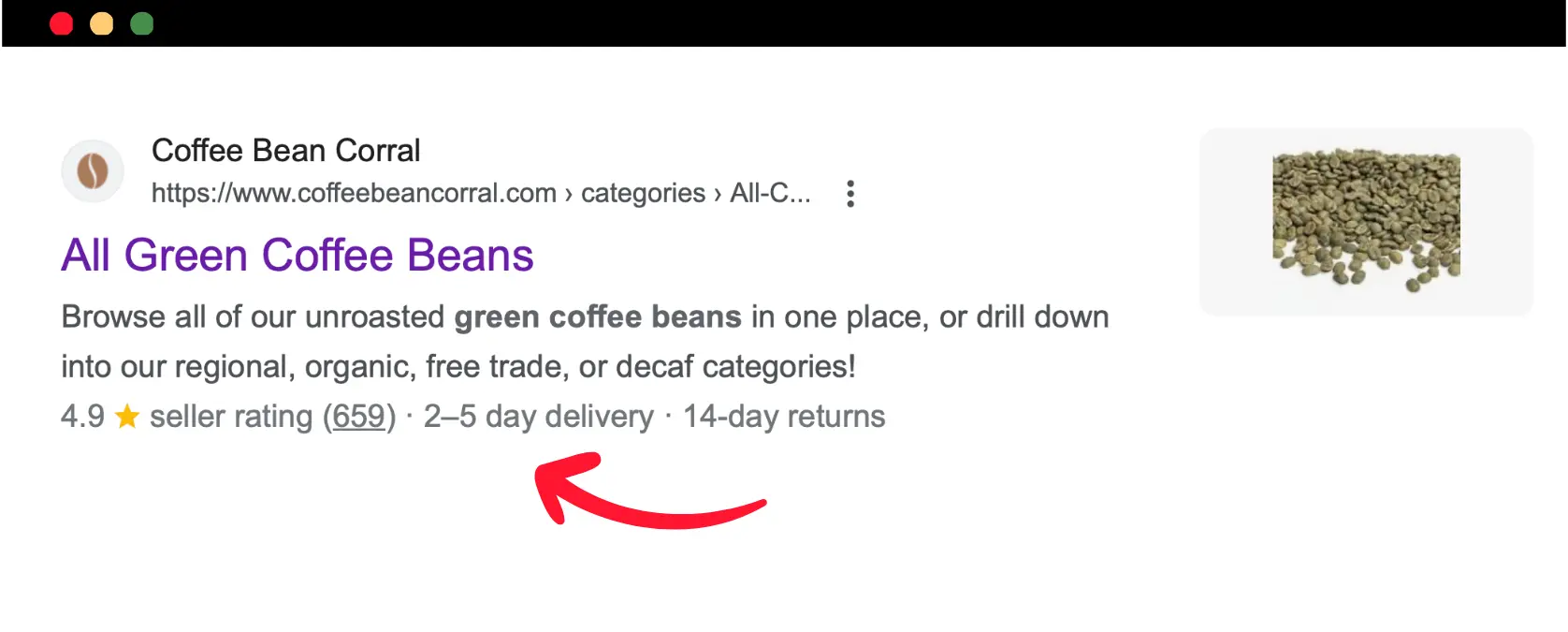
To find out which schemas to implement on your landing pages, read this guide from Google.
5. Get High-Quality Backlinks
Besides optimizing your landing page copy, you should also work on your off-page SEO to acquire backlinks.
High-quality backlinks are one of the SEO factors that can significantly influence your rankings.
The problem is that good-quality links are hard to get, especially when promoting landing and sales pages. Webmasters are unwilling to link to a sales page, which is expected.
To overcome this, analyze the link profiles of top-ranking landing pages in your niche. Use tools like Semrush or Ahrefs to see where their backlinks are coming from. This analysis can reveal potential sources for your own backlinks, such as industry blogs, directories, or influencer pages.
Next, consider leveraging content marketing to build indirect links to your landing pages. You can do this by creating high-quality, informative blog posts related to your products or services and reaching out to relevant websites for guest posting or content-sharing opportunities.
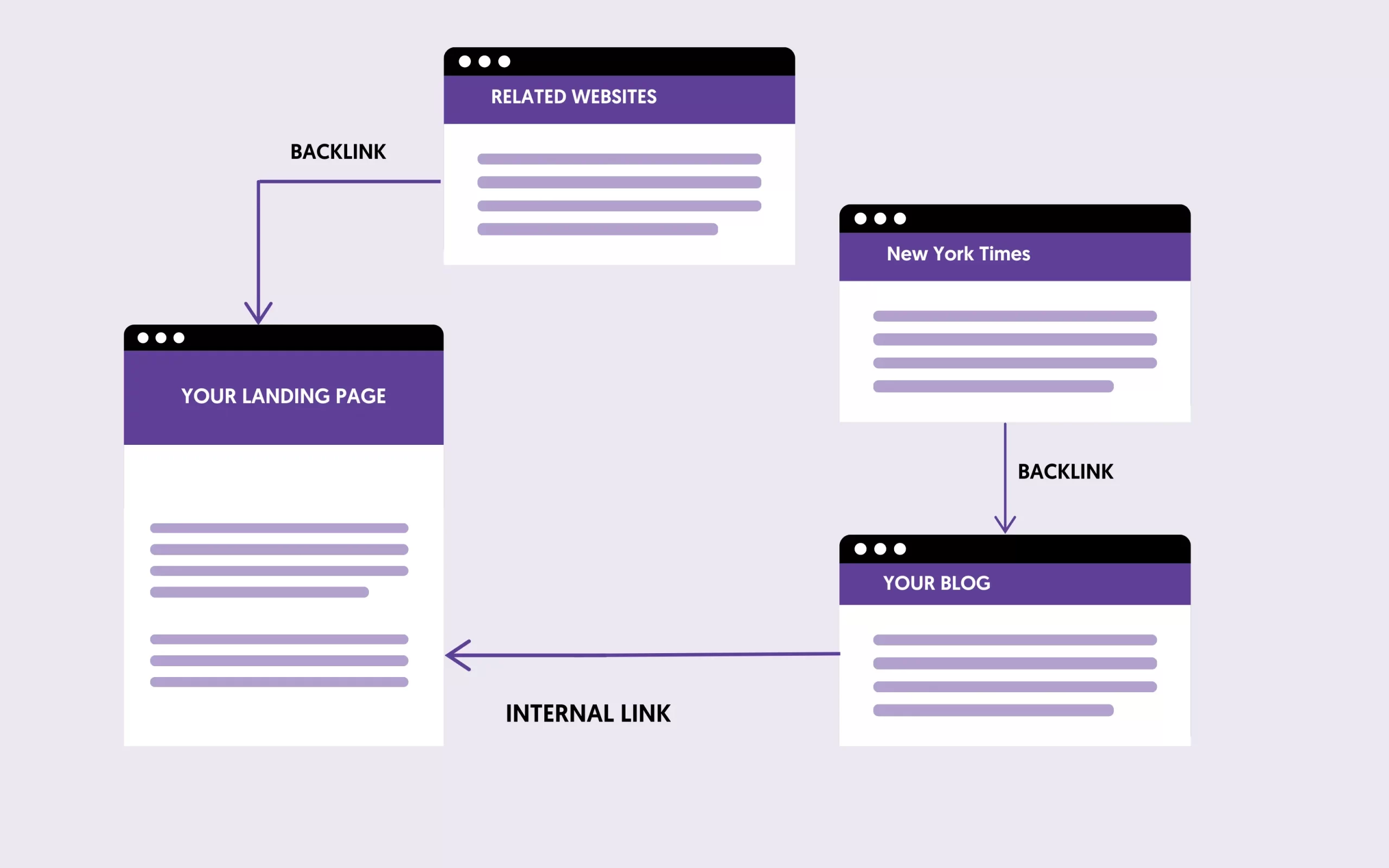
The key is to offer value to their audience, which can earn you a backlink to your blogs. You can then link from your blogs to your landing page. This is less effective than getting direct links to your landing pages, but it's a step in the right direction.
Another link-building technique is to participate in related forums and online communities. By providing valuable insights and engaging in discussions, you can promote your landing page when relevant, thus potentially earning backlinks.
Remember, the goal is to acquire links from reputable sources that not only boost your SEO but also drive targeted traffic to your landing page.
6. Improve Speed And Mobile Experience
Your landing page will be viewed more on mobile devices than on desktop. This means optimizing the mobile experience of users is a top priority.
To optimize your landing pages for mobile, make sure that:
- Mobile pages have no horizontal scrolling.
- They have all the content of the desktop page.
- They don’t have popups or other annoying elements for mobile users.
- They look good on different resolutions.
Besides the page experience factors, you should also work on improving your core web vitals scores (page speed). The loading speed of a page is a known SEO ranking factor. Pages that load fast are more likely to rank higher than slower pages.
For landing pages, speed is even more important since various studies have shown the impact of speed on sales and conversions.
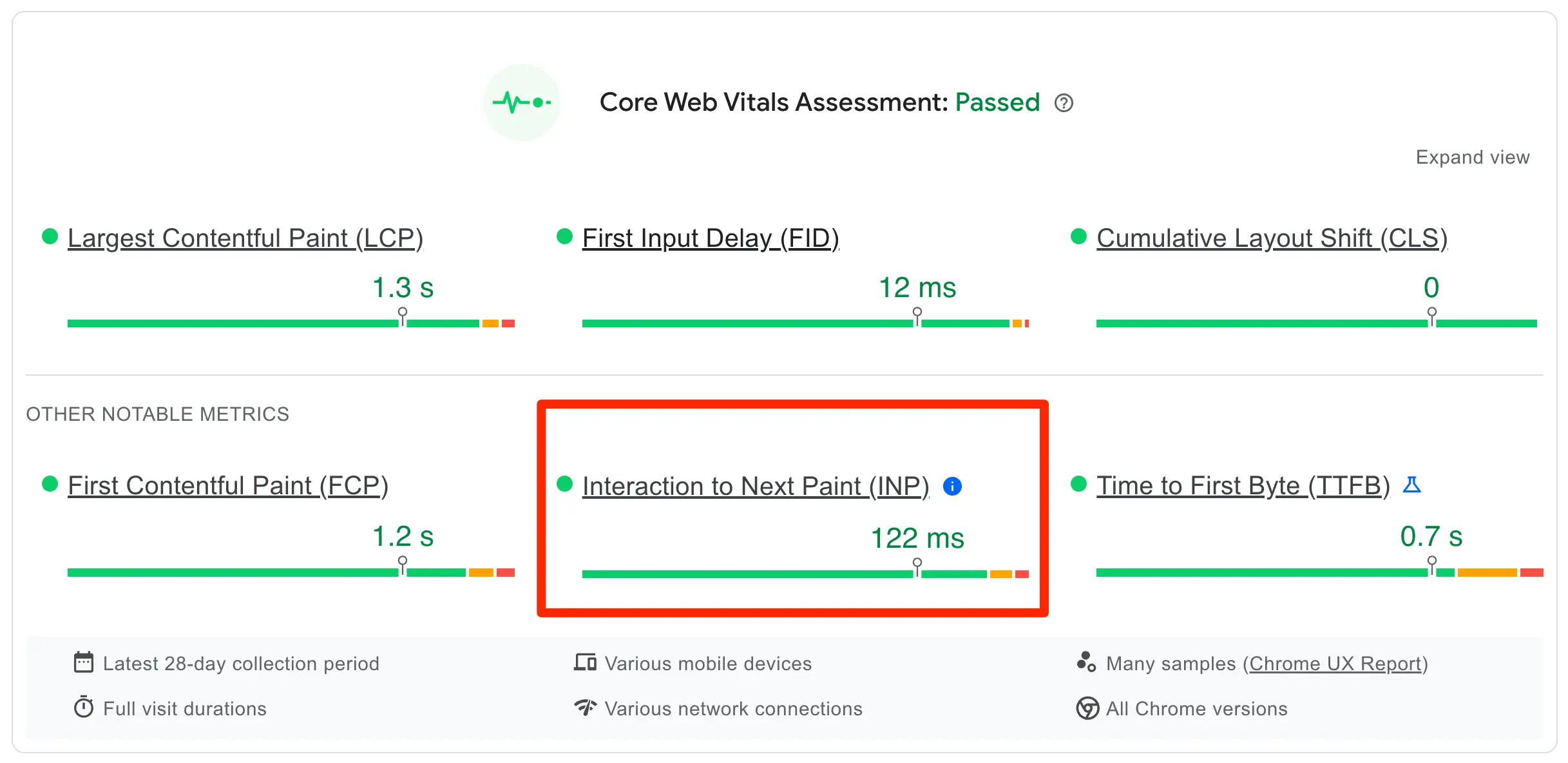
You can analyze your core web vitals score using pagespeed insights and aim for the following values:
- Largest Contentful Paint (LCP) –2.5 sec or less
- First Input Delay (FID) – 100 ms or less
- Cumulative Layout Shift (CLS) – 0.1 or less
- Interaction to Next Paint (INP) – 200 ms or less
Some tips to follow:
- Use image compression tools to optimize ALL your images.
- Minify your CSS and JS.
- Use a caching plugin.
- Use a CDN.
7. Publish Landing Pages On Your Own Domain
A mistake that many people make when it comes to landing page SEO is to publish landing pages on third-party websites. The landing pages should be published under your domain to gain from any SEO benefit.
If you use a third-party service to host your landing page, the chances of achieving any rankings are minimal.
Many third-party service providers offer the option to publish a landing page under their subdomain, for example, reliablesoft.third-party-service.com
SEO-wise, this isn't good. The SEO-friendly way is to publish your landing pages under your domain, i.e., my-landing-page.reliablesoft.net, or even better as a subfolder of your website i.e. reliablesoft.net/my-landing-page
This way, the landing page will share some of your domain’s trust and authority. In addition, having the landing page on your domain increases user trust since users don’t have to leave your website, which translates to more conversions.
8. Promote Your Landing Pages With Internal Links
Another way to boost the SEO of your landing pages is internal links. An internal link points to a page on the same domain. While working on your SEO, you can use internal links to help Google understand the importance of your landing pages.
Pages with the greatest number of internal links are considered the most valuable pages of a website, which can positively impact your SEO.
What you should do is simple:
- Add a link pointing to your landing page from your homepage.
- Add a link pointing to your landing in your footer and sidebar.
- Add links within your blog posts.
- Use keywords in the anchor text of the internal links to give Google an idea of the keywords you want a landing page to rank for.
When used correctly, internal links can help your SEO and redirect some of your website traffic to those pages, meaning more conversions.
Landing Page SEO Checklist
Here is the complete checklist to follow and optimize your landing pages to the fullest.
- Publish landing pages to your own domain
- Optimize your landing page URLs
- Make your landing pages HTTPS
- Prepare your landing page copy
- Perform Keyword Research
- Find keywords that are realistic to target
- Add keywords to the page URL
- Optimize your meta description
- Add your target keywords in the page title
- Add related keywords in your headings
- Optimize Images (filename, file size, alt text, and captions)
- Optimize Videos (use a streaming service, add video schema)
- Add relevant structure data to your landing page
- Check and optimize your landing page for mobile
- Optimize page speed
- Add internal links pointing to your landing pages
- Promote your landing page to get links
If you follow the above guidelines, you will have optimized landing pages for SEO. In business terms, you can get targeted organic traffic directly to your valuable pages and increase conversions.



